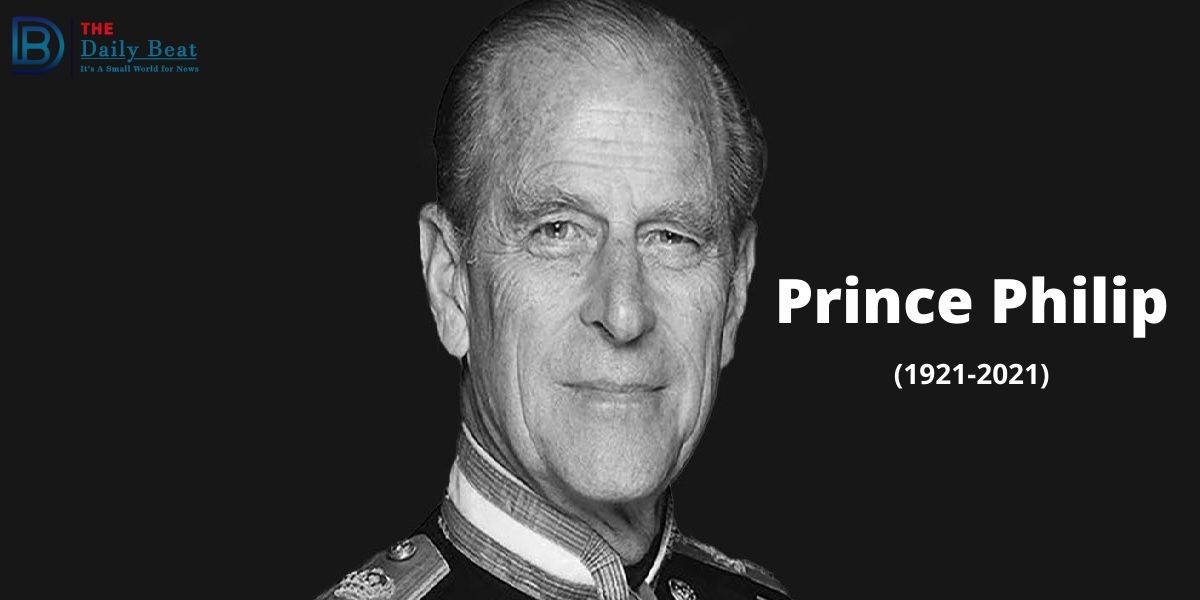Looking at the life of Prince Philip: 1921-2021
The Duke of Edinburgh, who used to be called the world’s most famous husband, has died at the age of 99. He was the right hand to the United Kingdom’s Queen Elizabeth II.
For long, he was called out for living a monotonous and structured existence ruled and governed by the Monarchy. He has pretty much lived a life of being ridiculed by the media and called out for being second fiddle and tagging along his famous wife, without the sense of having his own stance or opinion.

However, Prince Philip was much more than what was portrayed. Coming from a broken house, shattered from a huge loss from a family feud, he was one to have seen life in its cruelest form and had taken on the sturdiest persona to support himself and his family, while defining and finding his own individualism.
It was his joining the Navy which made a huge impact on defining his life and his character. He was a proud man who had taken on his role with a resounding steadfastness. Navy brought him a sense of accomplishment. It allowed him to be driven by the desire to attain his goals. He would shine throughout his term and would escalate to great heights even topping his class in the early 1940s.
As one of the youngest first lieutenants in the Royal Navy, he had pretty much everything working its way for him. Until he met the future Queen.
Suddenly he was in the middle of a huge collision; a complete disparity of things he was fond of. He knew and he felt that there was something extraordinary about his new flame and he wasn’t ready to let go of it. He took on the royal claim and for the initial years of his marriage he was able to attain the best of both worlds. He was able to hold onto the command of his ship and had two idyllic years together. Things were working out after all.
Bidding Adieu to a Career in Navy
However, it was all about to change when King George VI passed away. Suddenly he found himself in a conundrum where he finally saw how his life was completely about to change. His princess was becoming a Queen and the collateral damage was well-comprehended.
A man who was always defined as being rugged, physical and strong minded, proud being brought up in an entirely male dominant environment, his life from hereon will be very different. For 65 years he was to take on a completely new role – he will be a supporter to his wife and the British Monarchy.
He had given up his work, his passion and whatever his childhood-induced traits and views had made him into. It was at his wife’s coronation when he knelt before her, in front of the world, as his hands were enclosed by hers and swore to be her ‘liege man of life and limb’. But his stature was of key significance to the way Elizabeth II would conduct her reign.
In 1952 the new queen ordained that he should be “first gentleman in the land,” giving him “a place of pre-eminence and precedence next to Her Majesty.” Without this distinction, Prince Charles, who was named Duke of Cornwall and later Prince of Wales — the title traditionally given to the heir to the throne — would have ranked above his father.
Finding his Individualism in the Monarchy
But he had to make his set of sacrifices; one of the major examples of how his life would eventually be different is when his children would not bear his name ‘Mountbatten’.
It isn’t something easily sidelined and definitely not one to be ignored. However, when it comes to being able to move swiftly from a career in the Royal Navy to become royal consort, the challenges were major but they were necessary. From early on, he knew the country’s needs came above and beyond his personal likes and preferences. Making the transition from being able to make his own decisions to taking on and adapting those enforced by the British system, he was far off from his Navy days.
A man who cherished his ability to led a life far off from the public eye and being a private man, suddenly his every move was being noted with a hawk eye. But he remained undeterred to what was expected of him. He didn’t call himself a romantic, nor did he bother with the expectations that were expected of him.
He used the public podium to focus on subjects and issues that mattered to him. Regardless of the kind of monotonous portrayal he attained from the media, he held a high view of what humanity can achieve through cooperation and working together. His questioning mind and sense of adventure, was combined with an engaging informality and forthrightness. This enabled him to communicate individual and international connection, streamlining projects which otherwise would have fallen flat.
Prince Philip defined British dignity and grace. He personified the quiet reserve, stern fortitude and unbending integrity of the United Kingdom, and he managed to do all of that while playing second fiddle to the most powerful, well-known woman in the United Kingdom.
He was the nation’s longest-serving consort — a term given to the spouse of a reigning monarch — and they had been married for 73 years. Throughout the years, the Duke accompanied the Queen on royal engagements, and conducted thousands of his own solo appearances. He once referred to himself as “the world’s most experienced plaque unveiler. But there is no denying he was a constant guide and support to his wife through thick and thin, which he was indeed.
He knew his title came with satirical titles but he was unapologetic about it and defied the norms which were set for him and expected of him, bringing in his own credibility to the title.

